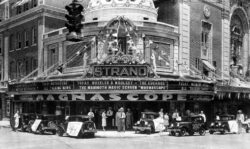Architecture
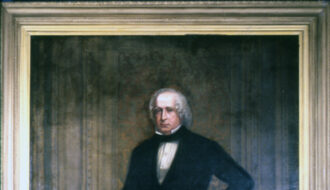
Slidell
Surveyed and platted in 1883 for the New Orleans and Northeastern Railroad, Slidell was named for John Slidell, Confederate ambassador to France and U.S. congressman.

Surveyed and platted in 1883 for the New Orleans and Northeastern Railroad, Slidell was named for John Slidell, Confederate ambassador to France and U.S. congressman.
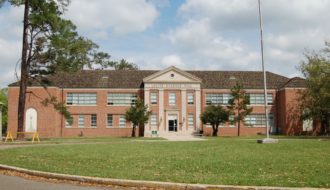
Southeastern Louisiana University, founded in 1925 as Hammond Junior College, was brought into the state system of higher education in 1928.
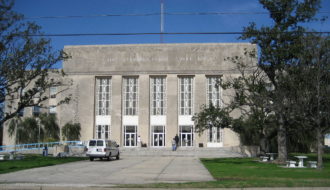
The St. Bernard courthouse was constructed in 1939 when the parish seat was transferred from St. Bernard to Chalmette.
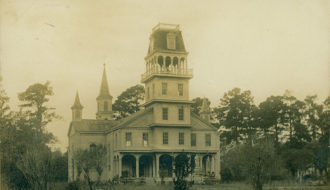
The design of the picturesque St. Charles Borromeo Catholic Church in Grand Coteau has been attributed to James Freret on the basis of drawings he made in 1875.
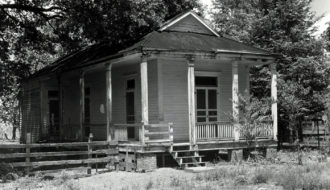
St. Emma Plantation was the site of a Civil War skirmish known as the Battle of Kock's Plantation.
Badly damaged by the levee failure following Hurricane Katrina, St. Francis Cabrini Church was demolished despite the efforts of preservation advocates.
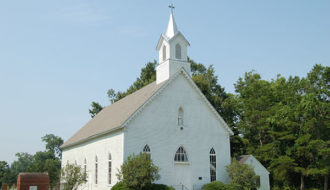
The original St. Francis Chapel of Point Coupee, was one of the first parish churches in Louisiana.
St. John the Evangelist Church in Plaquemine, Louisiana, was modeled on Early Christian and Romanesque churches of Italy.
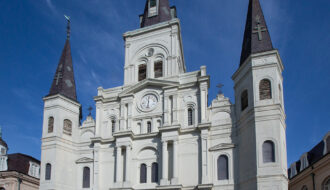
Since 1850, the St. Louis Cathedral’s impressive three-steeple facade has become the city’s most recognizable building.
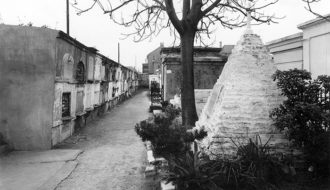
Established in 1789, St. Louis Cemetery No. 1 is the oldest cemetery in the city of New Orleans.
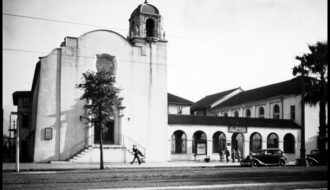
St. Mark's Community Center, a settlement house run by Methodist deaconesses, opened its doors in New Orleans in 1909 and continues to operate today.
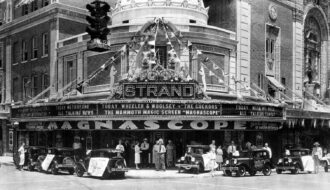
Designed by New Orleans–based architect Emile Weil, the Strand Theatre opened in Shreveport on July 3, 1925.
One-Year Subscription (4 issues) : $25.00
Two-Year Subscription (8 issues) : $40.00
